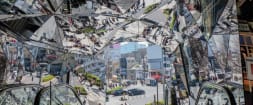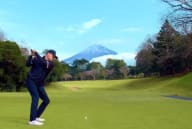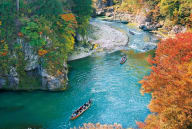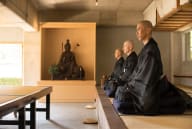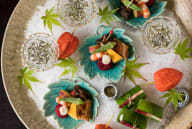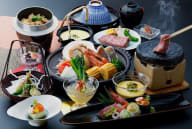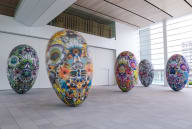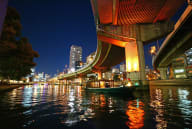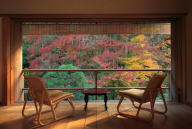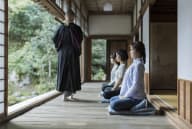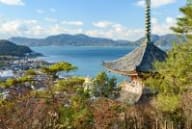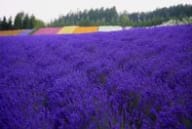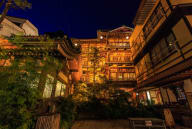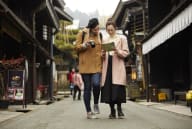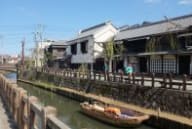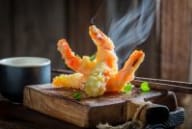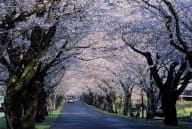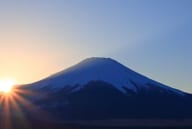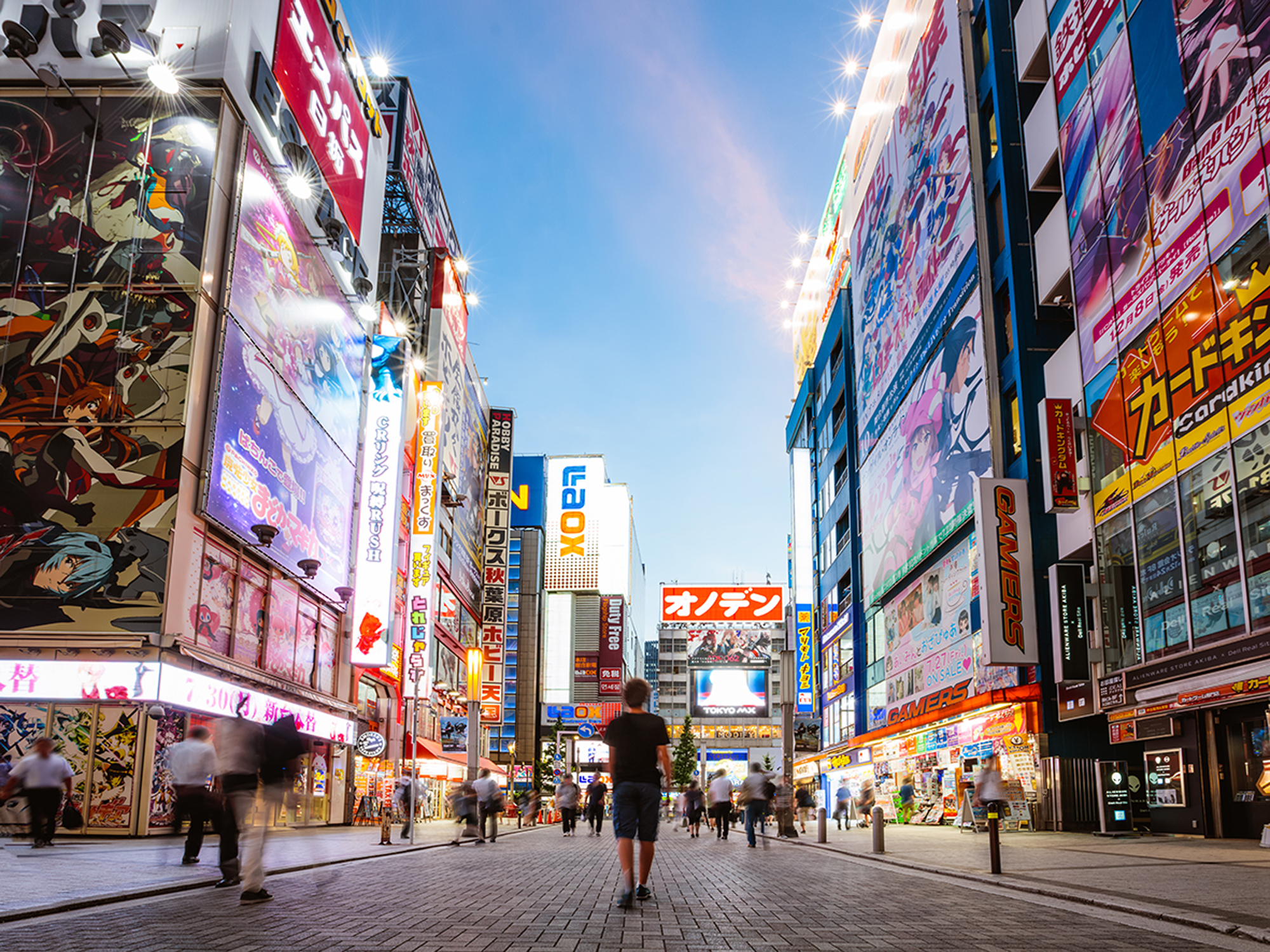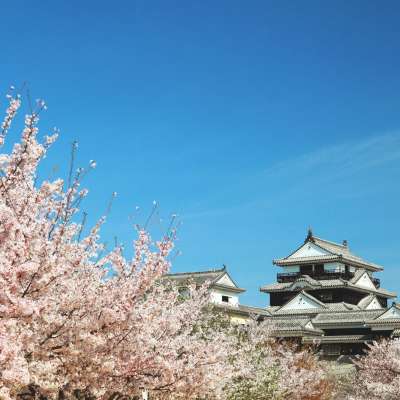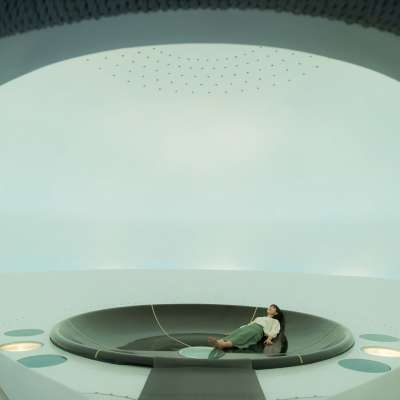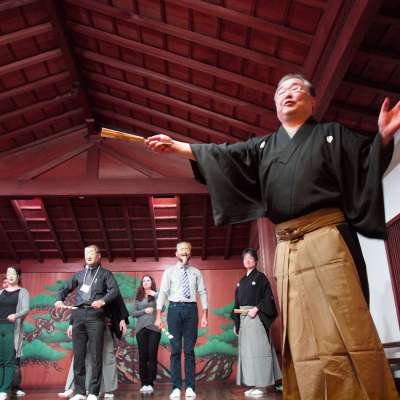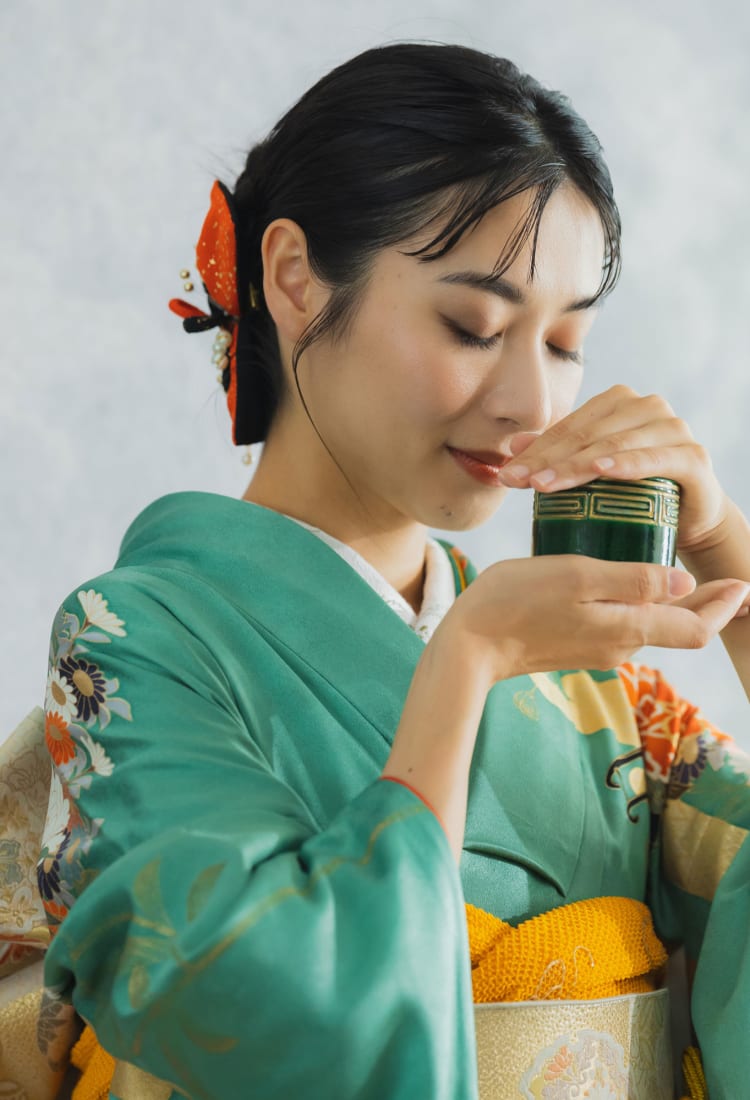
2025.02 Uncover Japanese Culture Through These Unique Experiences Discover Japan’s Kodo incense ceremony and try making washi paper
Immerse Yourself in the Art of Kodo: Japan’s Incense Ceremony

See the impressive five-tiered pagoda at Nittaiji Temple.
Photo Credit: © Nagoya Convention & Visitors Bureau
Kodo is a traditional Japanese ceremony dedicated to the art of appreciating delicate incense fragrances. Recognized as one of Japan's three classical arts of refinement, alongside the tea ceremony (Sado) and flower arrangement (Kado), the ceremony involves carefully prepared rituals and mindfulness.

Take part in a Kodo ceremony, one of Japan’s three classical art forms.
Incense appreciation in Japan dates back centuries and was originally a pastime enjoyed among the Japanese aristocracy who developed a number of incense games, where participants compared and identified various incense woods, and took turns savoring the different fragrances.
Kodo, the way of incense, emerged in Japan centuries ago alongside the tea ceremony as a refined art. Along with incense games, people began collecting renowned incense wood pieces, and the use of rare incense woods enhanced the ceremony, making it a unique, treasured experience. Even today, Kodo remains a cherished Japanese tradition with a number of experiences available to participate in around Japan.
Participating in a Kodo ceremony is believed to purify the mind and body, sharpen the senses, and enhance alertness, among other positive effects.

Nagoya’s Kakuozan area, located in the eastern part of the city, is an ideal place to experience Kodo in a traditional setting. This historic district is home to temples and shrines, preserving the charm of old Japan. The Kakuozan shopping street, lined with a mix of classic and modern establishments, leads up to Nittaiji Temple and its impressive five-tiered pagoda. Visitors can join the Kakuozan Historical Walk with a Kodo Experience. This tour includes visiting a house built in 1934 and designated as a National Tangible Cultural Property and Tamesaburo Memorial Museum.
Visitors will enjoy an authentic Kodo experience, learn about the 600-year-old art of Kodo, and savor the same kinds of incense enjoyed by historical figures centuries ago. Following this, participants can visit the Furukawa Art Museum and explore the cultural landmarks of the Kakuozan area, including Nittaiji Temple, Yokiso, and Sououji Temple. (The walking tour can be customized upon request.)
Nittaiji Temple, meaning "Japan-Thailand Temple," stands as a symbol of the enduring friendship between Japan and Thailand. Built in 1904, it is renowned for its striking five-story pagoda. What sets this temple apart is its inclusivity, being accessible to all Japanese Buddhists, rather than being affiliated with a specific sect.
Yokiso, a villa on a scenic hillside in eastern Nagoya, offers visitors a serene escape with its carefully designed gardens, and also features a tea house and elegant Hakuun Bridge. Sououji is a temple associated with Tokugawa Ieyasu, who created the Tokugawa Shogunate that ruled Japan from 1603 to 1867. The temple serves as the final resting place for "Okamenokata” who was connected to the Tokugawa family.
Experience the Tradition of Papermaking and Notebook Creation

In the town of Uchiko in Ehime Prefecture, visitors can try their hand at making traditional washi paper.
Washi paper, a traditional Japanese paper used for over 1,000 years, is crafted from natural resources and made through age-old techniques. Unlike typical wood pulp paper, washi has a more textile-like quality. Traditionally, the fibers of the raw materials used to make washi are soaked in clear river water, thickened, and filtered through a bamboo screen. While modern washi production incorporates machinery, it still preserves these traditional methods.
Washi has long been an integral part of Japanese life, used to create sliding doors, screens, room dividers, lanterns, and stationery products such as letter paper and notebooks. In recent years, washi products have gained global popularity, including decorative masking tape used to customize stationery such as notebooks and planners.
A specialized, thin washi paper is also used internationally in art and document restoration. For example, it was used in the restoration of Michelangelo's The Last Judgment in the Sistine Chapel, highlighting washi's significance beyond Japan.

Learn how to make a notebook using Japanese binding techniques.
Uchiko, a charming town in Ehime Prefecture, is known for its well-preserved Edo-era architecture and traditional industries. Visitors can join the Washi and Paper Craft tour and explore the town afterward. In the 18th century, wax production was Uchiko's main industry. Visitors can explore the historic homes of wax merchants and purchase handmade candles as unique souvenirs. They can also visit the beautifully restored Uchiko-za Kabuki theater.(* The Uchiko-za is currently closed for large-scale renovation work, including earthquake-proof reinforcement, and is scheduled to reopen in spring 2029.)

Tour the Ikazaki Kite Museum, home to approximately 400 unique kites.
The Washi and Paper Craft Tour in Uchiko begins with a visit to a paper factory where participants have the chance to try making their own washi paper and be guided by a craftsman on how the washi is made. Following this, participants can learn how to make a notebook using Japanese binding techniques, creating a one-of-a-kind souvenir.
The tour continues with a visit to an origami vending machine, for more unique souvenirs! A visit to the Ikazaki Kite Museum concludes the tour, showcasing an impressive collection of kites from Japan and around the world. On a nice day, visitors can even enjoy the fun of flying a kite by the river—a perfect way to end the experience.
A Treasure Trove of Hokusai Masterpieces
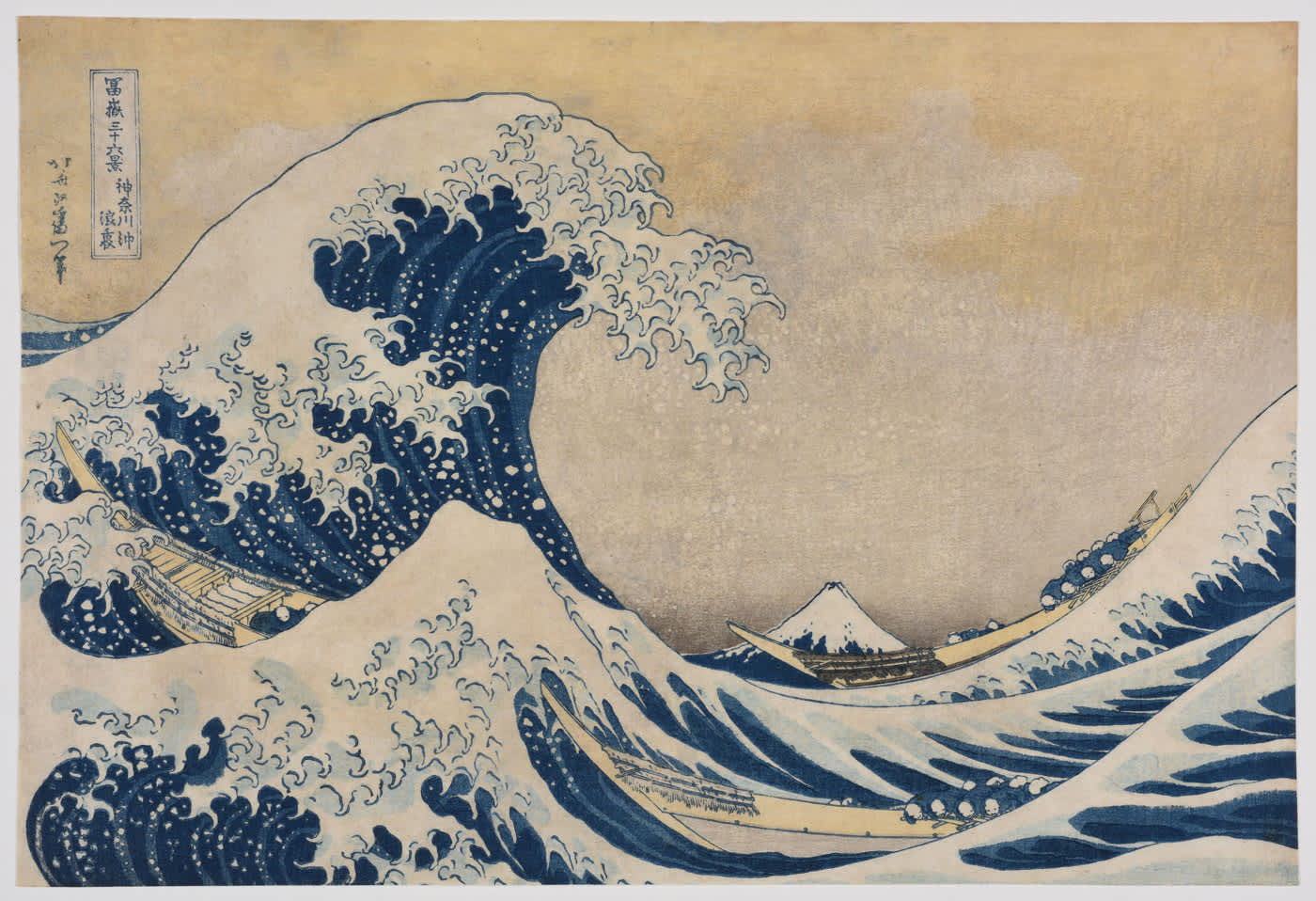
The Great Wave off Kanagawa, one of Hokusai’s most famous prints.
Photo Credit: Under the Wave off Kanagawa, from the series Thirty-six Views of Mount Fuji (Fugaku sanjurokkei), Shimane Art Museum (Nagata Seiji Collection)
Renowned ukiyo-e artist Hokusai’s work is instantly recognizable, but did you know that the Shimane Art Museum in Shimane Prefecture houses an impressive collection of approximately 1,600 of his artworks?
Hokusai, a celebrated Japanese ukiyo-e artist, is renowned for his iconic woodblock prints, particularly The Great Wave off Kanagawa. His work exemplifies the natural beauty that defines ukiyo-e, a genre of art that thrived during Japan's Edo Period (1603–1867). Ukiyo-e artists produced woodblock prints depicting diverse scenes, from landscapes to historical moments. Hokusai’s Thirty-Six Views of Mount Fuji, which includes The Great Wave, had a profound impact on both Japanese and Western art.

Bright colors and detailed depictions bring this artwork to life.
Photo Credit: Album of Brush Paintings (Nikuhitsu Gajo), Hawk, Shimane Art Museum (Nagata Seiji Collection)
The Shimane Art Museum's collection is a treasure trove for fans of Hokusai. It includes many valuable and unique works, including masterpieces that symbolize Hokusai's life as a painter. Due to the donors' wishes, many of these works can only be exhibited in Shimane Prefecture. This exclusivity makes a visit to this museum a truly special experience. It is one of the few museums in the world to have authentic Hokusai works on display at all times in the museum’s exhibition room.
This exhibition room features approximately 40 pieces of Hokusai's prints and original paintings from the museum's extensive Hokusai collection of approximately 1,600 pieces (all exhibits are rotated approximately once a month).
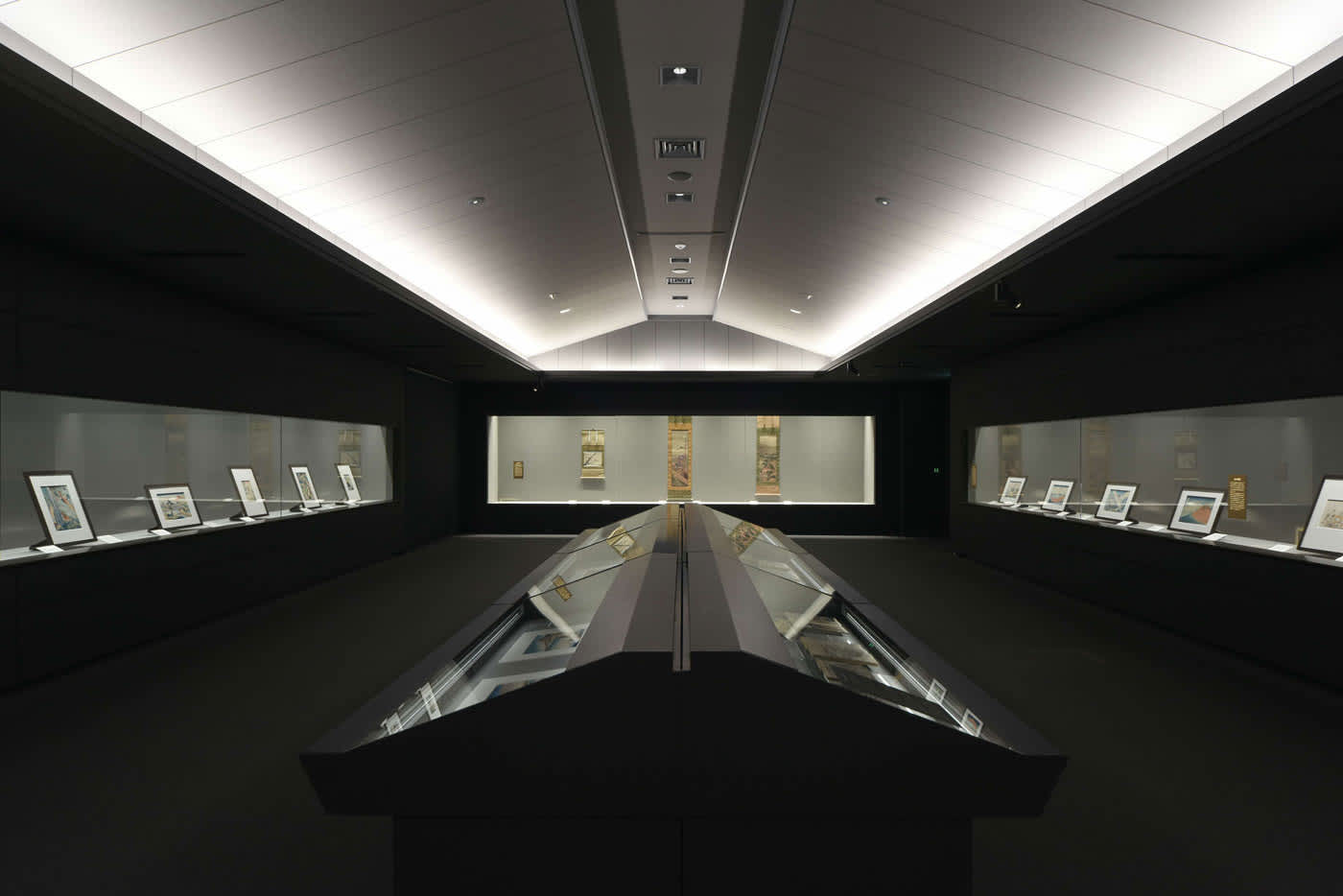
The Hokusai Gallery at the Shimane Art Museum featuring works by Hokusai.
In Japan, traditions like Kodo, washi-making, and Hokusai’s ukiyo-e art invite us to step back in time and experience a heritage that continues to inspire. Each cultural experience is a window into centuries-old practices, rooted in mindfulness, simplicity, and artistry, creating a unique experience for visitors.
Information
KAKUOZAN EXPERIENCE HISTORY AND CULTURE |
Uchiko Town Tourism Association |
SHIMANE ART MUSEUM |











